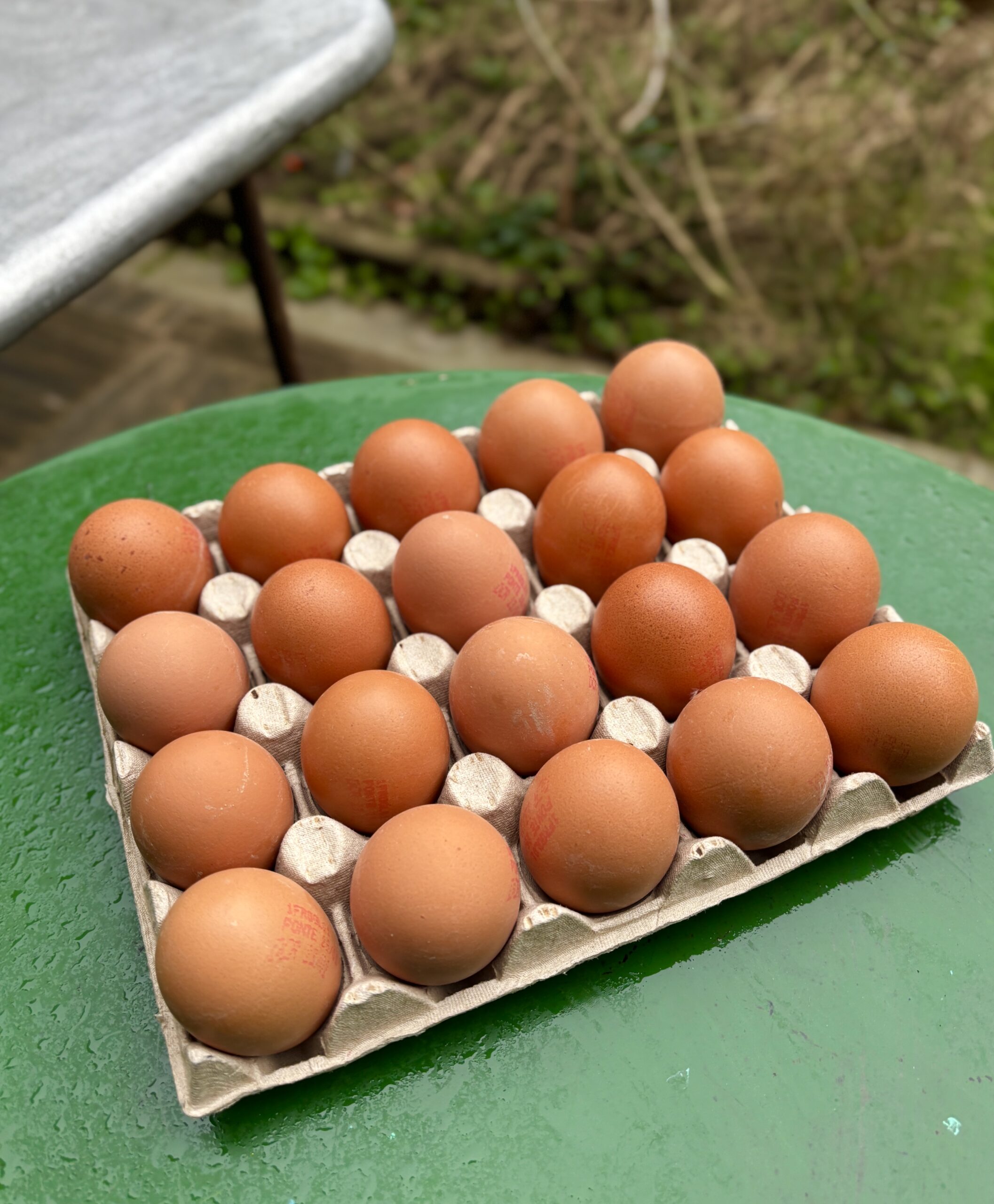My Family’s Nourishing Mexican Meatball Soup Is Perfect for a Cold Day
Mexican sopa de albondigas features meatballs enriched with rice, alliums, and herbs served in a light, tomato-based broth with a medley of fresh vegetables. It’s a comforting soup perfect for a cold or rainy day.


In my favorite children’s book, Cloudy With a Chance of Meatballs, the fabled town of Chewandswallow deals with tomato tornados and hailing meatballs. After reading the book, I remember wishing an unfathomable amount of sopa de albondigas, Mexican meatball soup, would pour down from the sky. In Mexican albondigas, meatballs speckled with rice, alliums, and herbs are served in a light, tomato-based broth along with a variety of fresh vegetables. It’s a dish I grew up eating, and one I still enjoy immensely—I especially love the contrast of textures between the snappy meatballs and tender vegetables.
My family reserves sopa de albondigas—often referred to in Mexico just as albondigas—for rainy days or anytime we need a nourishing and comforting boost, such as when we’re not feeling well. While other popular Mexican soups such as menudo and pozole have bold flavors from chiles and spices, sopa de albondigas has a subtle vegetal flavor that balances the hearty meatballs.
While the meatball soup is a household staple throughout Mexico, its origin actually lies in the Middle East. The name albondigas comes from the Arabic word for hazelnut, al-bunduq, a reference to the meatball's shape. They were then introduced to Spain during Muslim rule, and were later introduced to Mexico in the 16th century by Spanish conquistadors during colonization. While in Spain albondigas are frequently served coated in a paprika-heavy tomato sauce, in Mexico albondigas always refers to the soup.
Mexican albondigas’ preparation is fairly simple: Onion, garlic, broth, and tomatoes are blended together to make the broth base. The meatballs are then simmered in the broth along with a medley of fresh vegetables, such as corn, potatoes, carrots, and zucchini. The result is a delicate soup with tender vegetables and savory meatballs. It’s simple to prepare, but the most important part to its preparation is making sure the meatballs are flavorful with a welcome bouncy texture—you're actually not going for a tender texture for albondigas.
Preparing the Meatballs
It’s important to note that Mexican albondigas have a noticeably different texture and flavor profile than the Italian American–style meatballs that are common in the US. Italian American–style meatballs often use breadcrumbs (or sometimes softened bread chunks) to bind the meatball mixture together. The breadcrumbs, when thoroughly mixed in with the meat, break up its texture, resulting in very tender meatballs. But Mexican albondigas do not use bread to bind the meatballs. Instead, they rely on uncooked rice to bind the meat mixture. The grains of rice soften and hydrate as the meatballs simmer and keep them from falling apart as they cook. The result is meatballs with a pleasantly bouncy (or what I like to refer to as “snappy”) texture.
Albondigas in Mexico typically use ground pork or beef or a combination of the two. The type of meat used varies by family. My family has always used equal parts beef and pork, since we like the blend of both flavors together.
Finishing the Soup
Fresh vegetables are always added to sopa de albondigas to turn the soup into a nourishing, complete meal. In Mexico no two albondigas recipes are the same—some families add celery, diced tomatoes, or green beans, but for this recipe I chose a hearty combination of potatoes, corn, carrots, and zucchini, which I add towards the end of the soup's simmering time to ensure that everything is properly cooked at the same time. Once the meatballs are added, the soup is cooked at a gentle simmer—never boiled—to prevent the meatballs from overcooking. 
Once you’re familiar with making albondigas, you can adapt it as you see fit: Experiment with grinding your own meat, making your own stock from scratch, or swap in your preferred seasonal vegetables. The recipe isn’t quite as simple as standing under a meatball rain cloud with an empty bowl, but it’s pretty close—and just as delicious as those storms of meatballs of my childhood dreams.
In a blender on high speed, blend the tomatoes, onion, garlic, and salt until smooth. Transfer to a large stock pot or Dutch oven. Add chicken stock and bring to a boil over high heat.
Meanwhile, in a large bowl, combine pork, beef, rice, egg, onion, garlic, flour, mint, oregano, cumin, salt and pepper, and use your hands to knead into a homogenous mixture, being careful to not over-mix. 
Pinch off meatball mixture into 20 portions (about 2 ounces; 60g each) and roll in between hands into round balls and transfer to a large plate. If the meat mixture is sticky in your hands, moisten your hands with water and continue rolling meatballs.
Gently add meatballs to boiling broth mixture. Reduce heat as needed to maintain a simmer and cook for 20 minutes. Add potatoes and continue to simmer for 5 minutes. 
Add carrots, zucchini, and corn and continue to simmer, stirring occasionally, until meatballs are tender and reach an internal temperature of at least 165°F and vegetables are fork tender, about 10 minutes longer.
Divide soup evenly among serving bowls and serve with cilantro and lime, if using.
Special Equipment
Blender, large stock pot or Dutch oven
Notes
For best results, buy freshly ground meat from a local butcher or grind your own. If grinding your own meat, use chuck roast and pork shoulder.
If Mexican oregano is unavailable you can substitute with fresh or dried Italian oregano.
Make-Ahead and Storage
The soup can be refrigerated in an airtight container for up to 4 days. Allow soup to cool to room temperature before storing. To reheat, microwave in a microwave-safe container or simmer in a saucepan on the stovetop until warmed through.














































































